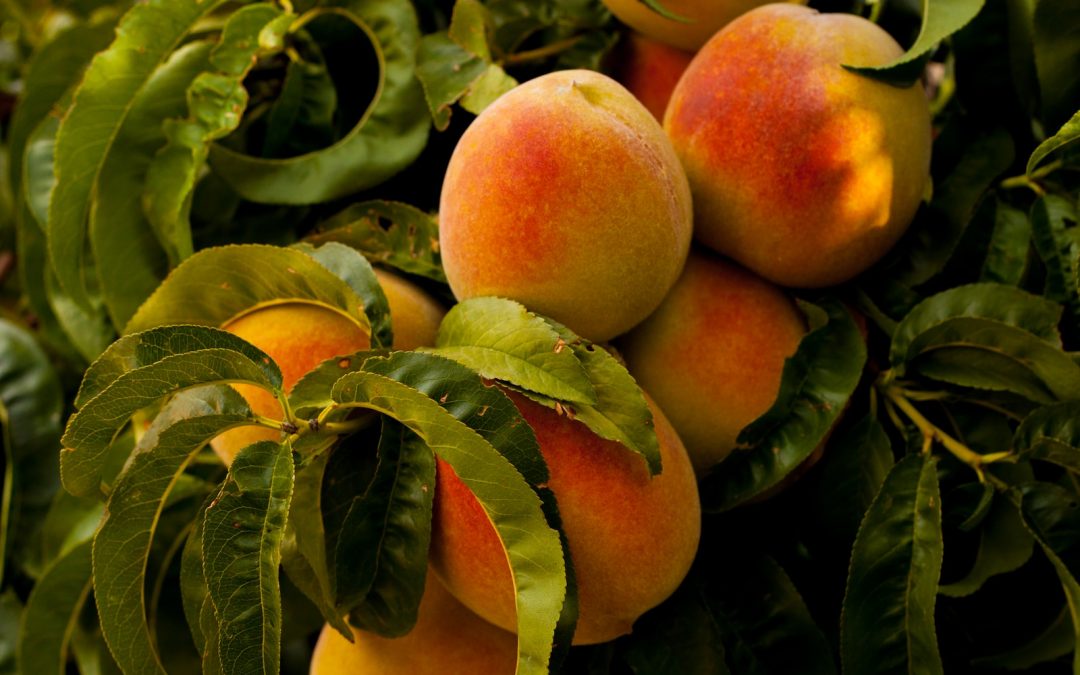Growing fruit inside your home is a rewarding venture, especially when that fruit is as delicious and nutritious as peaches. This comprehensive guide will walk you through each step of growing your own peach tree indoors, ensuring you enjoy a bountiful harvest.
Contents
Choosing The Right Peach Tree Variety
Your journey starts with choosing the right peach tree variety. Not all peach trees are suitable for indoor cultivation. Compact dwarf varieties, designed to flourish in containers, are ideal for indoor environments. One such variety, the Bonanza Peach Tree, is a favorite among indoor gardeners. This dwarf tree reaches a maximum height of about 5-6 feet, making it perfect for indoor conditions. Moreover, the Bonanza variety is well-known for producing sweet, succulent peaches, enhancing your indoor gardening experience.
Understanding The Peach Tree’s Needs
A peach tree, like any other living organism, has specific needs. The key to a thriving indoor peach tree lies in your understanding of these needs and your ability to meet them.
Light
Peach trees require ample light to photosynthesize effectively and produce fruit — generally around 6 hours of direct sunlight daily. Position your indoor peach tree near a south-facing window, if possible, to maximize exposure to sunlight. However, if you find natural sunlight insufficient, consider investing in a grow light. A grow light can supplement natural light, ensuring your tree receives all the light it needs to flourish.
Temperature
Temperature control is essential for the healthy growth of your peach tree. The tree thrives best in temperatures between 55 and 85 degrees Fahrenheit. Additionally, peach trees require a winter chilling period, usually between 35 and 45 degrees Fahrenheit, to trigger fruit production for the following season.
Water
Watering is a delicate balance when caring for peach trees. While the tree requires consistent moisture, overwatering can lead to a common plant disease known as root rot. A good rule of thumb is to water your tree thoroughly, then wait until the top inch of soil dries out before watering again.
Soil
Soil quality plays a significant role in a peach tree’s health. Peach trees prefer well-draining, slightly acidic soil. A soil mix designed for citrus or fruit trees, such as this one, provides an ideal medium for your tree, offering the necessary nutrients for its growth.
Peach Tree Care
Proper care for your peach tree extends beyond providing light, temperature control, water, and soil. It also includes activities like pruning, pollination, and pest control.
Pruning
Pruning is necessary for maintaining the tree’s shape, encouraging better fruit yield, and preventing diseases. Typically, the best time to prune your peach tree is in late winter or early spring, when the tree is still dormant but close to the start of its growing season. This process involves removing dead or overlapping branches and thinning the canopy to improve light penetration and air circulation.
Pollination
Peach trees are self-fertile, meaning they have the ability to pollinate themselves. However, assisting this process can improve your fruit yield. You can do this by using a small brush or cotton swab to transfer pollen from the anthers (the male part of the flower that produces pollen) to the stigma (the female part that receives the pollen) of each flower.
Pest Control
Ensuring your peach tree remains healthy also involves regular pest control. Common pests such as aphids or the fungal disease peach leaf curl can threaten the health of your tree. If you notice any signs of these pests, using a safe, indoor-friendly pest control product like this one can help keep them at bay.
Harvesting and Storing Your Peaches
After months of meticulous care and attention, the reward of your labor comes in the form of ripe, juicy peaches. Most peach trees will begin to bear fruit 2 to 4 years after planting. The peaches are ready to harvest when they detach from the tree with a slight twist.
Once you’ve harvested your peaches, proper storage is key to maintaining their freshness. If you intend to consume them within a day or two, keep them at room temperature. For longer storage, place your peaches in a plastic bag and store them in the refrigerator, where they can stay fresh for up to a week.
Conclusion
Growing peaches inside your home can be a wonderful journey that fills your indoor space with a touch of nature and provides you with fresh, homegrown fruit. It’s a process that requires understanding your peach tree’s needs and responding appropriately. But with the right care and attention, you’ll be well on your way to enjoying your very own indoor peach harvest.


